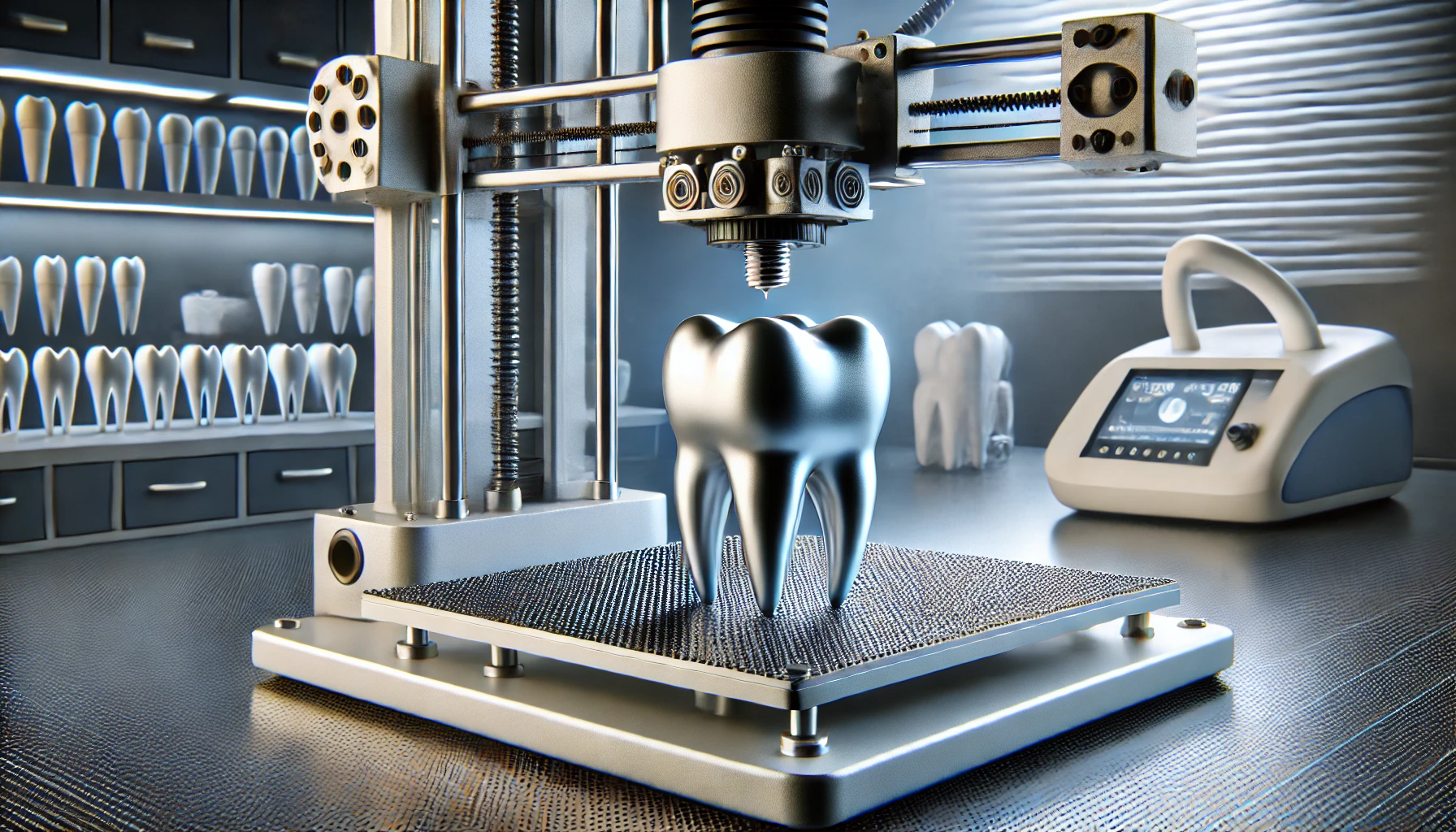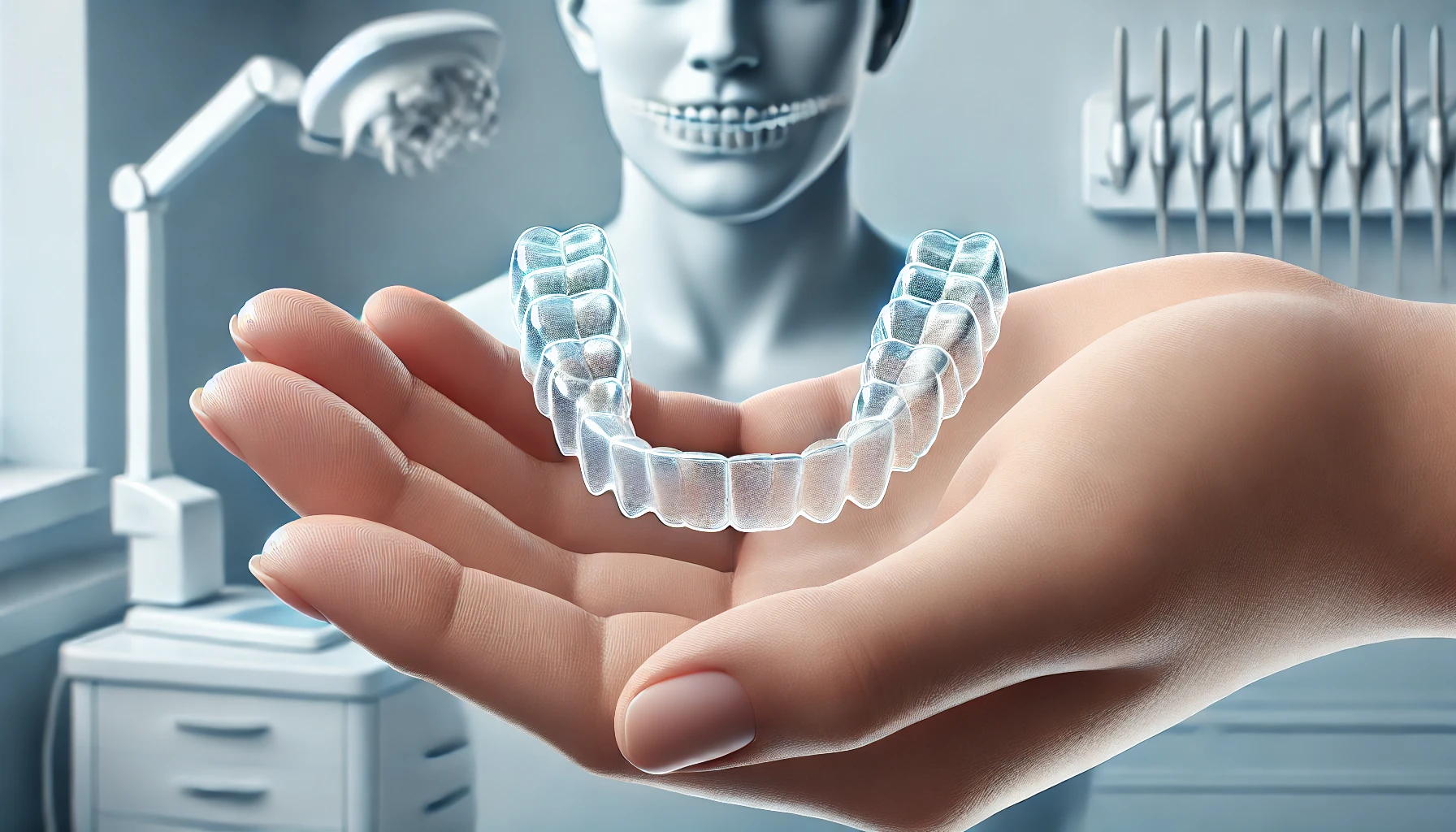3D Printing Technology in Dentistry

One of the key advantages of this technology is accuracy. Unlike the traditional method, where the casting may contain minor errors, 3D printing allows you to create a perfectly shaped and sized tooth. This reduces the likelihood of patient discomfort, improves aesthetics, and increases the durability of the structure.
Another important aspect is the speed of production. Previously, the production of a crown or bridge took several days or even weeks, but with 3D printing, this process can be completed within a few hours. This is especially true for people who need urgent restoration of a tooth after injury or removal.Materials and their features
Different types of materials are used for 3D printing in dentistry, each of which has its own advantages.
Photopolymers are special plastics that harden under the influence of ultraviolet radiation. They are used for temporary crowns and bridges because they have high strength and a smooth surface. However, they are less durable than ceramics or metal ceramics, therefore they are more often used as a temporary solution. Ceramics and composites are used to make permanent restorations. They are highly biocompatible, resistant to staining and wear. Ceramic designs look as natural as possible and do not cause allergic reactions, which makes them one of the best options for aesthetic dentistry.Metals and alloys, such as titanium powder, are used to print implants. Titanium is durable, lightweight, and fully compatible with bone tissue, allowing implants to take root without complications.
Advantages of 3D printing over traditional methods

The main difference between 3D printing and the classical dental prosthetics method is an individual approach. In traditional prosthetics, standard shapes are used, which are then adapted to a specific patient. As a result, there may be an imperfect fit of the crown or an inconvenience when chewing.
3D technologies allow you to create a unique tooth that completely repeats the shape of the lost one, which is especially important when restoring the front teeth. The high accuracy of recreating the smallest details ensures not only aesthetic, but also functional compatibility.Another important advantage is minimizing the human factor. In the traditional method, a dental technician manually models a crown or implant, which increases the likelihood of errors. The 3D printer fully automates the process, eliminating the inaccuracies that occur during manual operation.
The speed of production also plays a significant role. Some clinics already use the "tooth in one day" technology, where the patient can receive a ready-made crown or veneer immediately after taking the casts. This is especially useful in emergency cases, for example, if an urgent replacement of a damaged tooth is required before an important event.
Disadvantages and limitations of the technology
Despite the obvious advantages, 3D printing of teeth is not without drawbacks yet. One of the main ones is the cost of equipment and materials. 3D printers for dentistry are high-tech devices that require serious investments. Not every clinic can afford to purchase such equipment, which affects the accessibility of the service for patients.
Another factor is the need for highly qualified specialists. Even with the use of digital technology, the process requires the participation of an experienced dentist and dental technician who will be able to properly scan the oral cavity, prepare a 3D model and control the final installation. Errors at any stage can lead to incorrect crown fit or discomfort when chewing.
Also, not all materials used in 3D printing can match the strength of traditional methods. Although modern ceramic and composite compositions have high wear resistance, metal-ceramic structures made in the classical way are still more reliable for chewing teeth.Technology development and prospects
Despite the existing limitations, 3D printing is already actively used in leading dental clinics. Developments in this area are continuing, and in the future we can expect the emergence of new, more durable and biocompatible materials that will expand the scope of the technology.
Research is already underway on dental bioprinting, where patient cells are used instead of synthetic materials. This will allow you to create completely natural dental tissues that can fuse with the body without the risk of rejection. Bioprinters using stem cells will theoretically be able to grow living teeth that are completely identical to the real ones.
In addition, 3D modeling algorithms are being improved to take into account not only the shape, but also the functional features of teeth, such as load distribution during chewing. This will increase the durability of artificial teeth and improve their adaptation in the oral cavity.Top 5 innovations in dentistry
1. 3D printing of teeth and dentures
3D printing technology allows you to create crowns, bridges, veneers and even dental implants with exceptional precision. This greatly simplifies the dental restoration process, eliminating the need for long waits and manual manufacturing of dentures.
How does it work?
- The patient's oral cavity is scanned using an intraoral 3D scanner.
- A computer prototype of a tooth is being created based on a digital model.
- A special 3D printer prints a structure made of photopolymer, ceramic, titanium or composite materials.
- The finished tooth is ground, covered with a protective layer and installed for the patient.
2. Laser Dentistry
Lasers have revolutionized dental treatment, making it possible to painlessly remove caries, treat gums, and even whiten teeth.
How does it work?
- The laser beam replaces a traditional drill, removing the affected tooth tissue without vibration and noise.
- When treating gums, the laser vaporizes inflamed tissues and destroys bacteria, promoting rapid healing.
- In bleaching, the laser activates special gels that remove pigmented molecules from the enamel.
3. Digital diagnostics and 3D modeling
Digital technologies allow dentists to accurately assess the condition of teeth and gums, as well as simulate the future outcome of treatment.How does it work?
-
3D X-rays and CT scans create a three-dimensional image of the jaw, allowing you to diagnose hidden problems.
- Intraoral scanners replace traditional dental casts, creating accurate virtual models of teeth.
- Digital Smile Design (DSD) is a program that allows a patient to see what his smile will look like after treatment.
4. Navigation implantation
Dental implantation requires high precision, and modern technologies make it possible to install implants without incisions and take a long time to heal.
How does it work?
- Computer simulation determines the ideal location of the implant with an accuracy of up to a micron.
- The dentist uses a special surgical template that guides the installation of the implant. The entire procedure takes no more than 30 minutes, and the tissues heal faster due to minimal intervention.
5. Transparent aligners instead of braces

Orthodontics has also moved far ahead - instead of traditional braces, transparent aligners are increasingly being used, which correct the bite without discomfort and aesthetic problems.
How does it work?
- A digital model of the patient's dentition is being created.
- The computer calculates the optimal trajectory of teeth displacement.
- The patient receives a set of transparent mouth guards, which he changes every 1-2 weeks.
- Gradually, the teeth move to the correct position.
Modern technologies, a personal approach and the highest level of comfort - all this awaits you in the Smile Factor. We use 3D scanning, laser dentistry, and innovative implantation techniques to keep your smile healthy, natural, and flawless.
Forget about pain and discomfort. Our specialists will provide fast and safe treatment in a luxurious environment. Regardless of whether you need professional cleaning, aesthetic restoration, or complete dental reconstruction, the result will exceed expectations.Make an appointment for a consultation and find out how modern dentistry in Dubai can change your smile and self-confidence!




